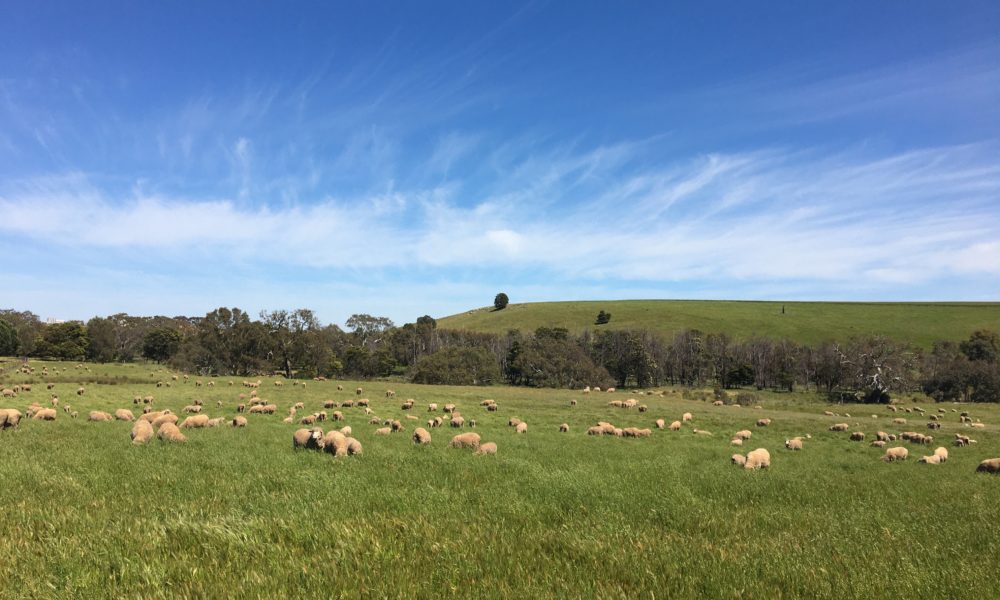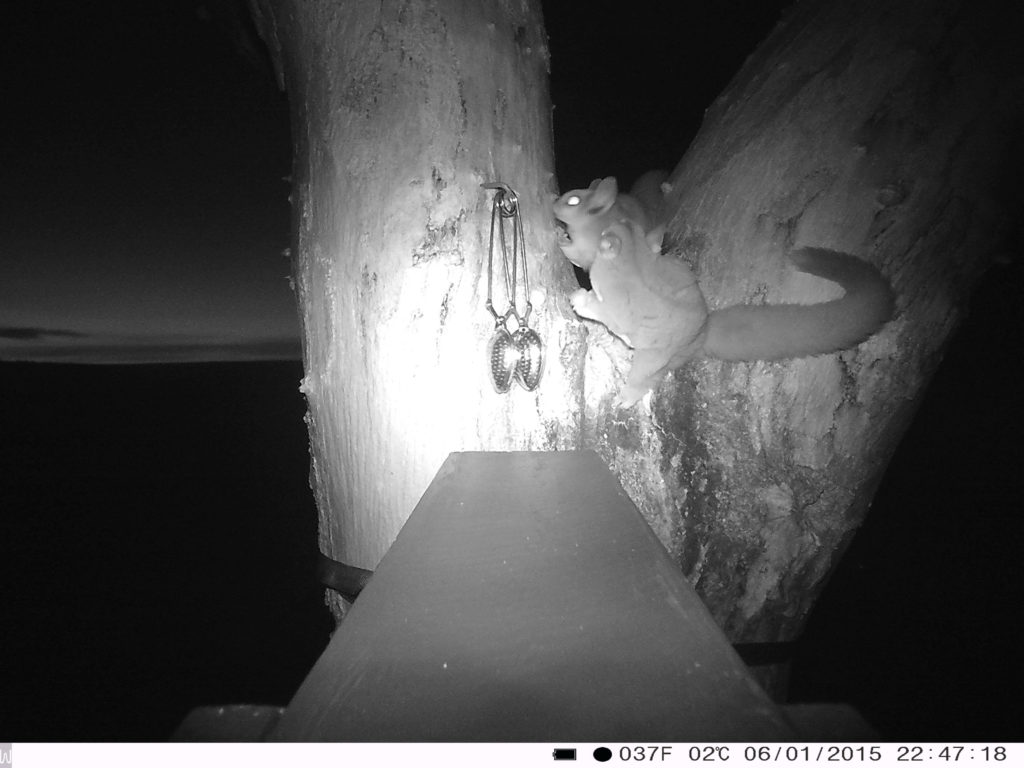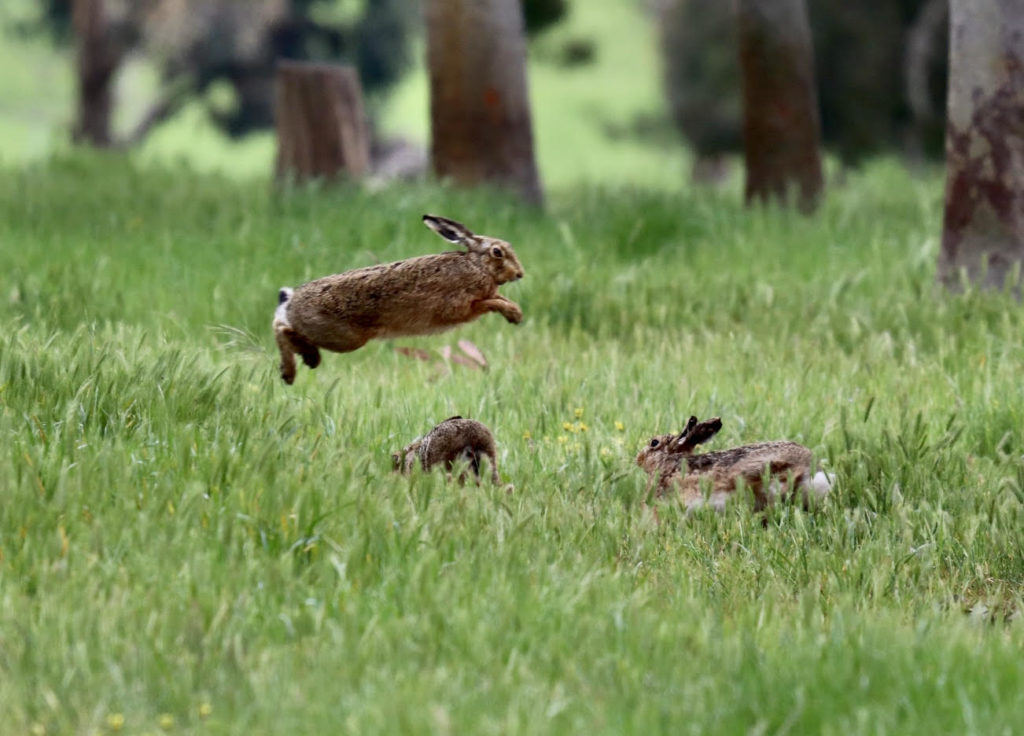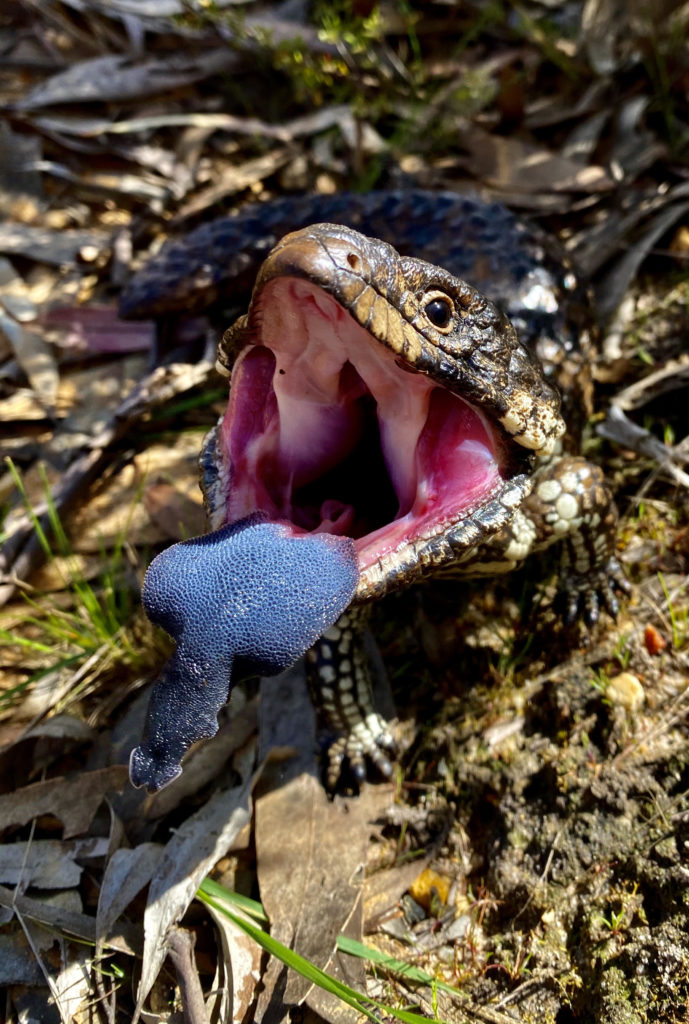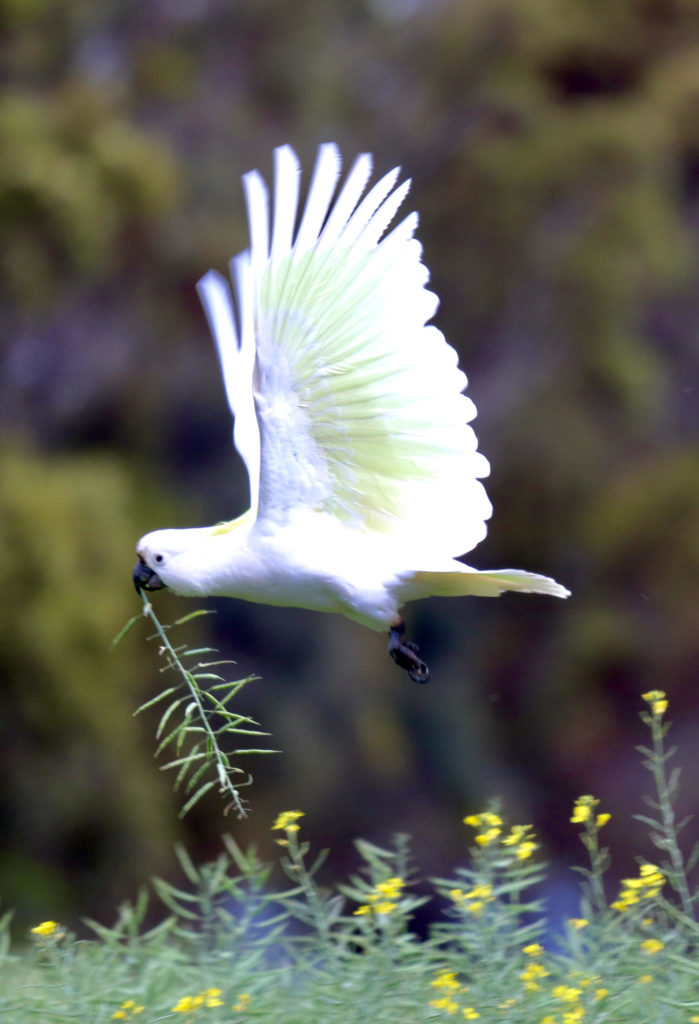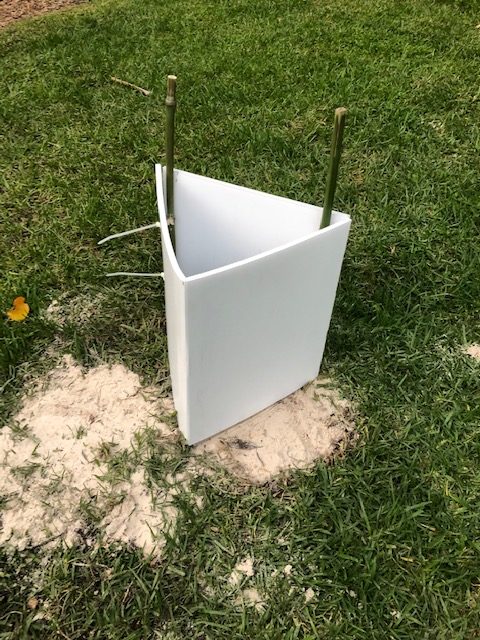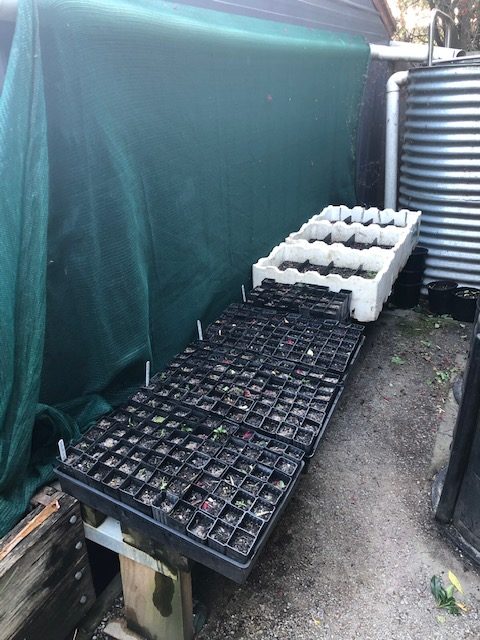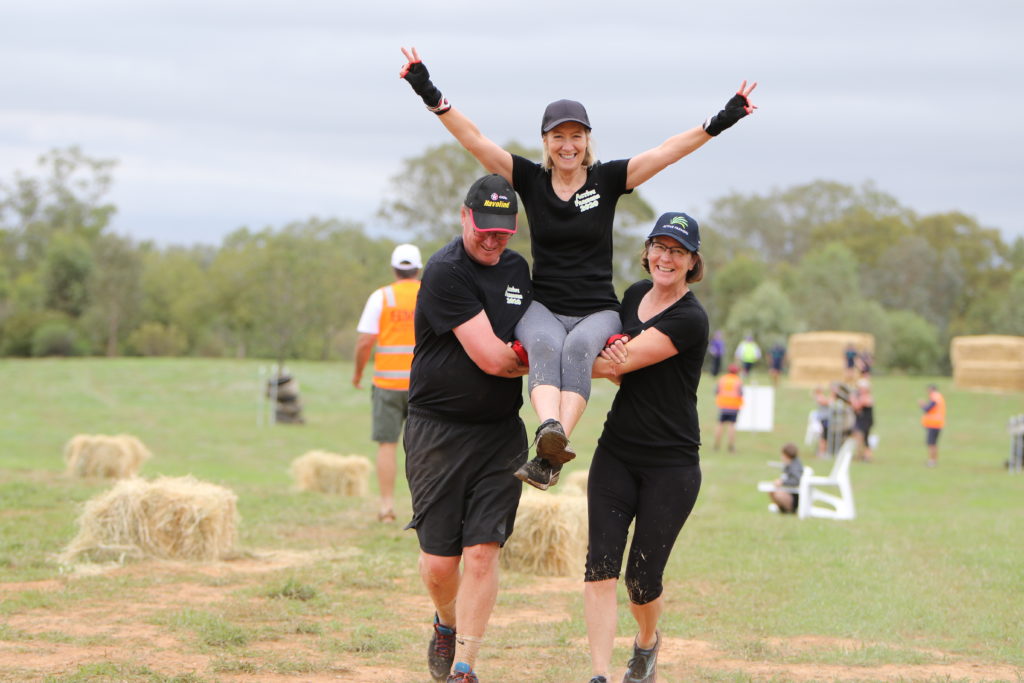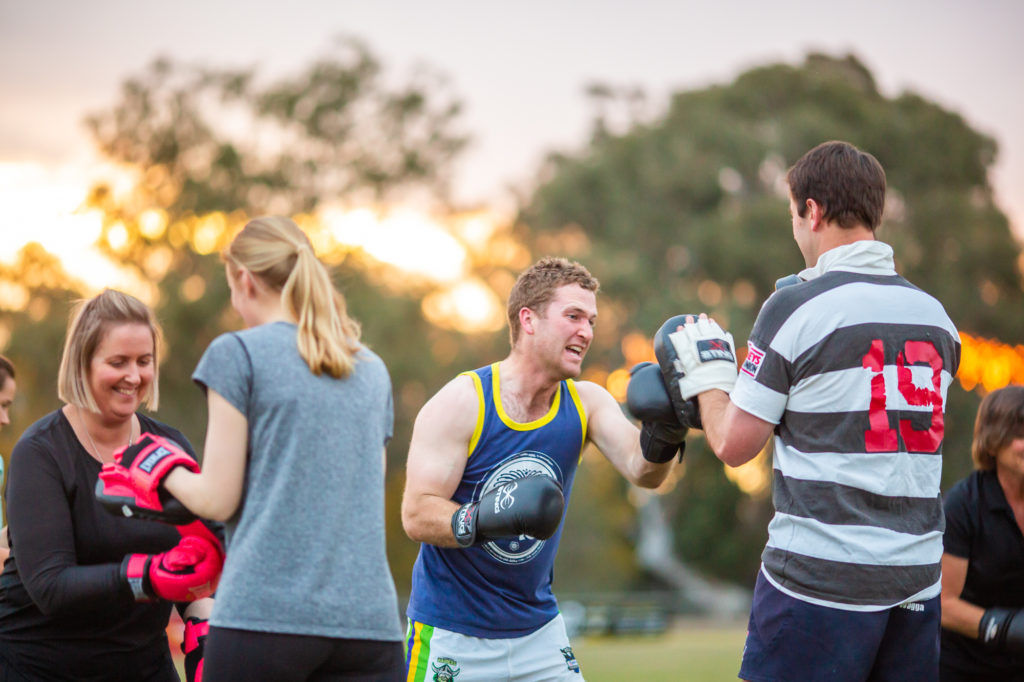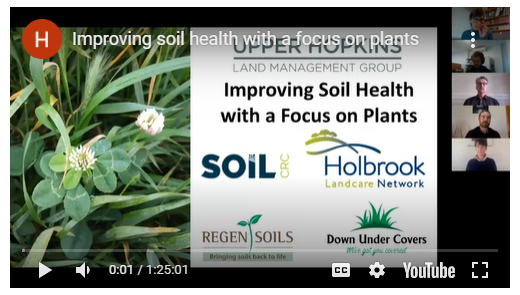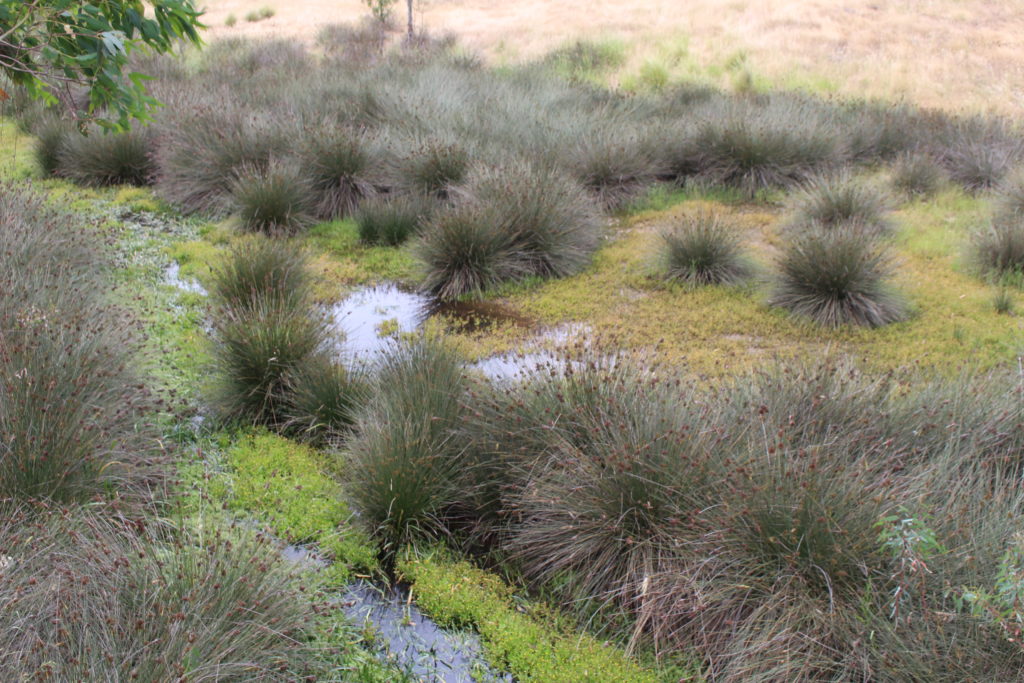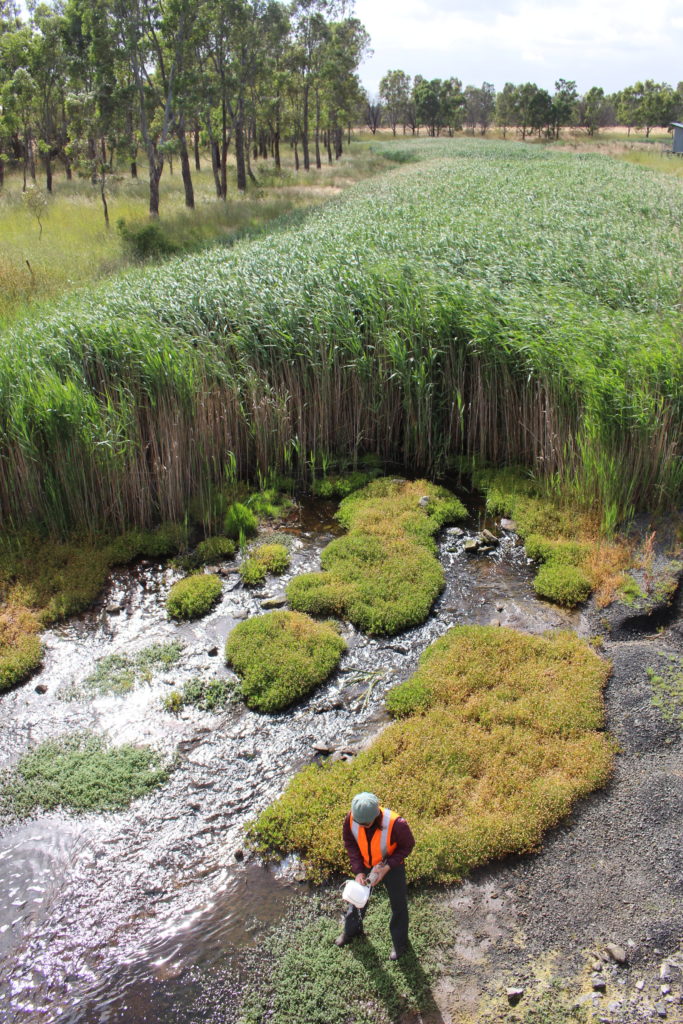Landcare news and opportunities
Opportunities and awards
- The Victorian Government is seeking feedback on the draft ‘Brolga Assessment and Mitigation Standards for Wind Energy Facilities’ to protect Victoria’s Brolga population and provide certainty to industry.” Submissions close 18 December 2020.
- Women’s Leadership and Development Program (WLDP) Project Grants. The objective of the WLDP is to improve outcomes for Australian women in six key focus areas: women’s job creation; women’s economic security; women’s workforce participation; women’s leadership; women’s safety; and international engagement. Apply online.
- COVID Safe Landcare: Many of the pandemic restrictions have been eased. Environmental volunteering is now a permitted activity provided appropriate precautions are observed. DELWP has posted information on the Landcare Gateway that provides more information.
- The Greater Gariwerd Draft Landscape Management Plan has been released and you can review and comment on the plan. Complete a survey online.
Information and Resources
- The Grampians Region climate adaption website is now live and can be accessed at: https://adaptgrampians.com.au/
- Funding announcements for Victoria’s natural environment: The Victorian Government has announced continued investment in the Victorian Landcare Program and environmental volunteering, amongst a host of other initiatives.
- Restoring native habitat on farmland is part of a new proposal to protect biodiversity and slow species loss. Read more in The Conversation.
- Australian farmers are diverse. Learn about some of them and their response to COVID here.
- Get excited about dung beetles! Beetles with benefits is a project to expand the range of dung beetles in Australia and analyse their performance for livestock producers.
- Best-practice guidelines for fox management: Results from this study indicate that the most effective programs had large control areas, relatively high numbers of bait stations, were long-term and baited frequently.
- World Soil Day was celebrated on 5 December. Soil biodiversity is recognised as one of the key components in soil health.
- It has been a fantastic year for wetlands, and scientists have been busy assessing wetland response to water for the environment.
- Landcare Victoria along with other State and Territory Landcare organisations, the National Landcare Network and Landcare Australia are collaborating in the delivery of the ‘Landcare Farming’ project. The project, which will run from 2019 – 2023 is a national, federally funded program, designed to increase awareness, knowledge and participation in the adoption of best practice and leading research and extension outputs. The project’s aim is to strengthen the connections between Landcare and the agricultural sector and increase our contribution to agricultural and community resilience across Australia. Victorian landcarers were consulted about the design and priorities of the project in a zoom workshop last week. For further information go to: https://landcareaustralia.org.au/landcarefarming/about-landcare-farming/
Webinars and podcasts
- The Soil CRC continues to host great webinars on diverse topics. View the whole catalogue on a wet day this summer: https://soilcrc.com.au/webinars/
- This Landline episode discusses the phasing out of the chemical ‘omethoate’ to comply with sustainability demands from the European canola market.
- EUCALYPT is a fantastic series of short films by Remember the Wild. The films focus on the trees’ evolution and ecology, their intimate connection with Indigenous Australians, their role in art and craftsmanship, and their future in a changing world.“
- Paddock trees are a hot topic at the moment! You can learn about factors affecting their decline and then hear about how to plant paddock trees for stock and biodiversity. There are lots of resources on the Sustainable Farms website and a great series about paddock trees on the Recreating the Country blog.
- You can listen to Bruce Pascoe speaking about Indigenous farming and land management in this lecture from the University of Sydney. The ‘Dark Emu’ author is also joined in a conversation with plant breeder and agricultural scientist Dr Angela Pattison.

From the president’s desk
Hello everyone,
What a fantastic start to summer with the countryside looking green and healthy! With a record amount of trees going in the ground throughout the area hopefully we will see some great results.
Given restrictions have only been lifted recently, with harvest underway and the festive season just around the corner we have decided to hold a “start of year” event in 2021 in lieu of a break up. Details will be provided closer to the time.
In recent weeks we had a very pleasing “Landcare experience” with the discovery of a nest of Sugar Gliders in a hollow strainer post under one of our older reveg blocks near Maroona. This is a species that we didn’t expect to see but it just goes to show how effective wildlife corridors are in the landscape.
Some of you may have been aware that earlier in the year funding for the Landcare Facilitators across the state was extended through until the end of December 2020 (this includes Ayesha’s position).
Fortunately, we received some welcome news recently from the Department Environment, Land, Water and Planning (DELWP) announcing that the existing funding for Landcare facilitator positions will be extended once more taking us through until 30th June, 2021.
The additional extension will enable DELWP to run an application process early in 2021 for Landcare and environmental volunteer groups and networks who would like to employ a VLFP-funded Landcare facilitator beyond June 2021. Our committee will keep an eye out for further details as they become available.
As always please don’t hesitate to be in touch with Ayesha if you have any Landcare projects in mind that you think we may be able to support you with, whether its funding or advice. Remember no project is too big or too small, its all worth enquiring.
I’d also like to say a big thank you to Ayesha and the Committee for all their hard work throughout 2020. Despite the challenges of COVID 19 our Group should be proud of all that it has continued to achieve.
I hope you all have a safe and happy festive season and I look forward to talking all things Landcare in 2021!
Jack Tucker
President
Tales from inside the RING-OF-STEEL!
Richard Franc, UHLMG member
Finally the ring-of-steel is down and I can get out of the city to visit my parents in Stoneleigh and get some work done on my small holding to the south of Raglan (Ok, it’s a “hobby farm”, I just hate the term).
For us living in Melbourne, lock-down has been a bloody drag: my work was postponed for 2-months, home schooling became the norm and social interaction was fleeting; based around “coincidentally” visiting the same park at the same time as friends.
But every Covid grey cloud has a silver lining. Whilst I couldn’t complete my tree planting for 2020 (Work for Vic team did a great job) or any other manual labour on my farm, the down time allowed me some thinking time….. some might say too much:
Inventing tree guards
The core-flute tree guards I used for the 2019 planting season proved to be inadequate; disintegrating after only 6 months. I thought I could do better:
A mate of mine has developed an emergency housing product made from high quality core-flute. Not only was I able to build a cubby for the kids from the off cuts, but with some cutting, folding, drilling and cable tying I was able to knock up a half decent tree guard. I’ll add some holes for circulation and should be good to go for 2021.
A supporter of the local independent nominee for the council elections knows of my interest in tree planting, so he delivered me the used placards, also folded into tree guards.
6 months of my working year is taken up making a well-known cooking show. The show uses a lot of milk, and the cut down plastic bottles make nice guards for native grasses.
Propagating trees
Though I wasn’t able to plant the trees I propagated for 2020 (I ended up giving most away), I’ve doubled down and been busy propagating even more trees for 2021. Seeds were sourced from the Creswick seed bank and collected (before lock-down) from the one remnant tree on my farm, with the small green house I’ve built behind my shed already full.
Naming my farm.
I’ve always called my farm “The Block”. Though not large in size I thought it deserved better. I initially went for “Fiery Flats”, but after some online research I settled on Boringa Yallar, which according to Robert Smyth’s “Aborigines of Victoria” was the indigenous name for the Fiery Creek, meaning “flood to carry away trees” or “to flood”.
Land for Wildlife
The cut metal property sign (I’m in the process of designing…..) will fit nicely beside the “Land for Wildlife” sign I also applied for in the break.
So whilst 2020 hasn’t been the greatest of years for many of us, things are looking up: the 2021 planting season is well set up, the ring of steel down, the Fiery Creek is flowing beautifully and after abundant spring rains Boringa Yallar is looking fantastic.
The essentials for effective rabbit control

By Brian Howlett, Biosecurity Officer at Agriculture Victoria
Now is the time to start planning your integrated rabbit control program to commence in late summer/early autumn. There are a series of steps to take:
- Work together and coordinate control efforts with your neighbours
- Develop a management plan
- Conduct monitoring to target your control effort, monitor, adapt and improve your control program
- Plan control at the right time of the year
- Take an integrated management approach to control
- Invest maximum resources into the first year of control
- Evaluate your success
- Follow up!
Effective rabbit control is achieved by using a combination of control measures, not just one. There is no quick-fix solution and control measures should be implemented when they are at their most effective. Rabbit control is most effective in late summer and early autumn as breeding has generally paused at this time.
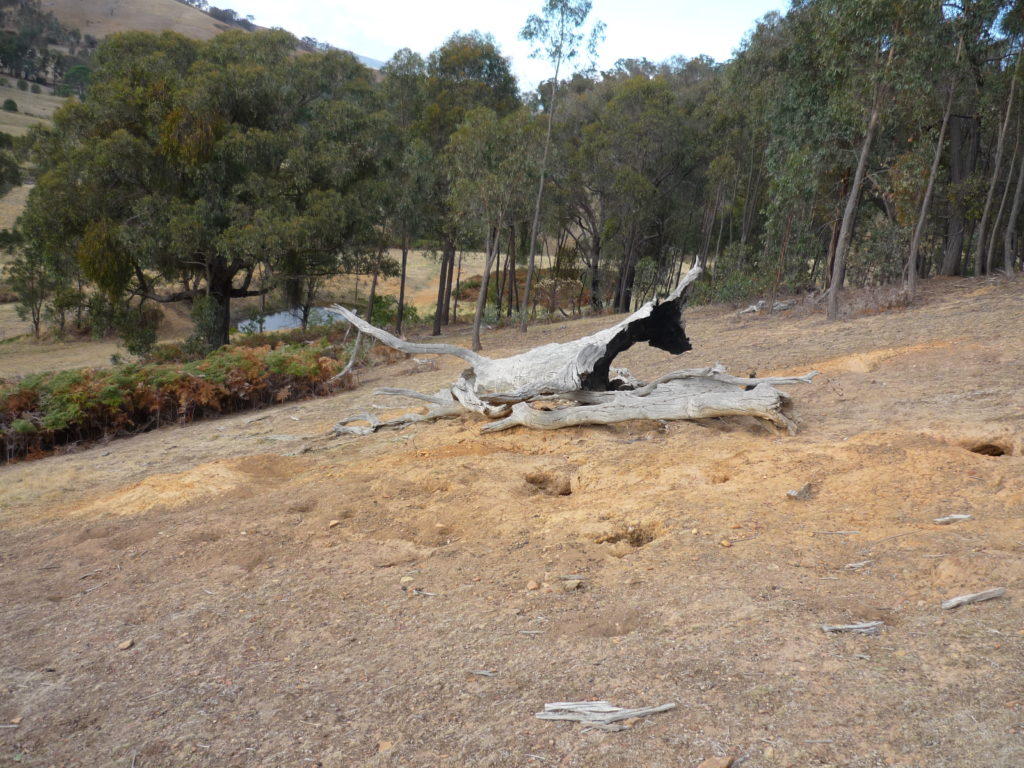
Poison baiting in the late summer / early autumn when feed is limited makes baits more attractive. 1080 and pindone are registered baits for rabbit control. Baiting is a useful knock down technique to reduce the rabbit population prior to a warren ripping program.
Ripping is the most effective control measure and should follow a baiting program in late summer / early autumn when the soil is still dry. Ripping destroys the warrens where rabbits live and shelter. A rabbit control program will fail unless all burrows and other harbour are destroyed. Some areas are not suitable for ripping.
Fumigation using aluminum phosphide is an option for follow up control or to undertake control in areas that could not be ripped. Fumigation is best used when the soil is moist which assists in retaining the gas in the structure of the warren.
Above-ground harbour removal is also important in any rabbit control program. Rabbits use a variety of shelter such as heaps of debris, patches of woody weeds, buildings and some vegetation to harbour.
Continue to monitor and follow up. Warrens are often reopened soon after treatment by foxes digging down onto carcasses. At this stage the warren is exposed for re-establishment by rabbits. A fox control program run in conjunction with rabbit control would assist to protect control works on warrens. Reopened warrens should be re-ripped or fumigated.
There is a well-defined recipe for the management of rabbits. Firstly, reduce the rabbit population by poison baiting. Then remove rabbit harbour and destroy warrens by ripping. Maintain ripped warrens through fumigation or re-ripping of entrances that have re-opened. For these control methods to be at their most effective they are to be undertaken in conditions ideal for their implementation and to required standards. Research has shown that to deviate from this basic recipe reduces the efficacy of the rabbit management program.
If any rabbit control work is to be undertaken which may result in disturbance of native vegetation, culturally significant areas and waterways, contact should be made with the responsible authorities prior to works being conducted. The responsible authorities may include Local government, Department of Environment, Land, Water and Planning (DELWP), Aboriginal Affairs Victoria or the local Registered Aboriginal Party, and the local Catchment Management Authority.
For further information on integrated rabbit management visit www.agriculture.vic.gov.au or phone 136 186.
Upper Hopkins LMG Secretary’s report
Its hard to believe that 2020 is nearly behind us and although COVID 19 certainly changed the way we do things I think it’s important to acknowledge the incredible job Ayesha has done in her role as Facilitator of our Group. The newsletters reflect all that is achieved by the Group and much of this is largely thanks to Ayesha and of course our Committee members who do a great job supporting her. I’d like to thank Kelly Gellie in particular, who stepped into the Treasurer role in 2019 and has done a brilliant job keeping our finances in order and nothing is ever too much trouble.
Just a quick reminder in relation to membership renewals for the 2020/21 financial year. Our membership year runs from 1st July until 30th June and members have the option to pay for a 1 year or 3 year period ($27.50 or $66.00 incl. GST) . On the 1st July, 2020 those whose membership was due for renewal will have received an email from us. I just want to highlight that we changed our membership renewal process earlier this year so that members now have the option to pay through an online system via our new-look website www.UpperHopkins.org.au as well as the existing payment options (being direct debit or cheque).
We still have quite a few memberships that haven’t been paid in 2020/21 and I understand that the new process may have resulted in some teething issues for members. Ayesha, Kelly and I are currently working through these with our website designer to hopefully make it more straight forward next time around. Kelly will be re-issuing outstanding tax invoices in the near future via email. The email will provide a clear explanation on how to pay your membership and you will have the option to pay online with your credit card OR via direct deposit or cheque. If you are yet to pay your membership and have any questions or concerns please don’t hesitate to contact myself or Kelly as we are more than happy to help you.
On a different note we recently submitted our final report to the Glenelg Hopkins CMA for eight projects that we received funding for through the 2019/20 Victorian Landcare Grants. We received very positive feedback from Tony Lithgow at the CMA who asked me to pass on their thanks to our committee and membership “for our achievements and for the timely and professional reporting”.
Wishing you all a very happy and safe time over the festive period.
Cheers,
Celia Tucker
Secretary
Biodiversity as a farm asset
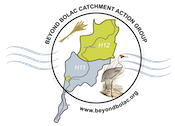
Many landcare groups are familiar with the experience of trying to gain traction with mainstream farmers who have limited interest in native plants and animals. Landholders such as these are more interested in just getting on with farming. But is there scope to change our messaging in this situation, and to talk about native biodiversity as being one of the components in the list of assets of their farm business?
The farmer interviews that Beyond Bolac and the GHCMA commissioned earlier this year confirmed that financial considerations are a prime motivator for the decisions made by most farmers. Since then we have been thinking how to harness the insights from this study, to develop landcare themes that overlap with the objectives of general farmers.
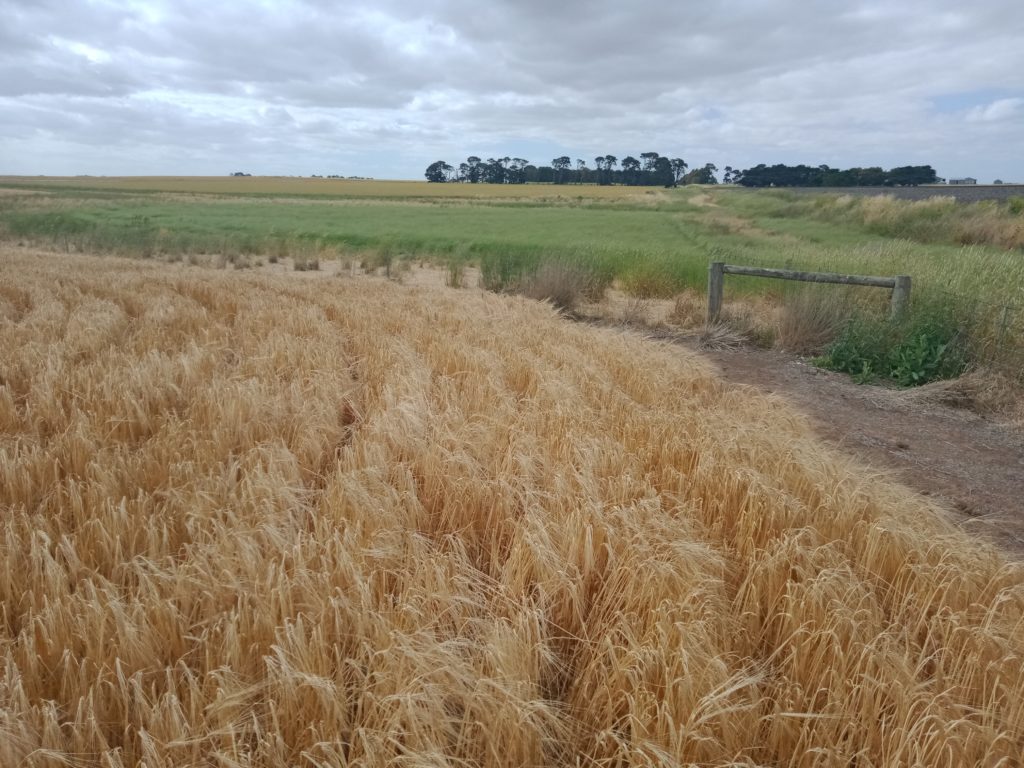
Taking a business approach to packaging biodiversity messaging has been used in various guises over several decades. During the 1990s ‘sustainability’ entered as a catchword with varying degrees of success. It was underpinned by a solid idea that farming depends on all the components of nature that can be easily overlooked. However, before long the word ‘sustainability’ had morphed in many situations, and was used to describe practices that minimised soil erosion regardless of biological considerations, or even just to mean financial sustainability without reference to plants or animals at all. Later during the 2000s the idea of ‘ecosystem services’ was developed and is still a commonly used descriptor, for example by governmental groups such as DELWP. The idea is that we gain a quantifiable benefit from services provided by nature, such as air to breathe, water to drink, places for tourism and recreation, and so on. There are several limitations with this approach. A major one is that it places the value of nature in terms of what it can do for us, and totally ignores the value of nature in itself. Many people are happy just knowing that a species exists in some inaccessable area, even if they will never see it, and knowing that it will never provide a service to humankind. Another limitation to using the ‘ecosystem services’ model is that the human benefit from aspects of nature will change over time. As an example, the value of parks as a place to go for a walk increased hugely for the people in Melbourne once the lockdown commenced during this year. A final limitation to quantifying an ecosystem service is that we don’t know what future value lies hidden in a natural ecosystem. As an example, during the 1970s the highly useful medicinal compound ivermectin was isolated from a soil fungi found near a golf course in Japan.
It can be tempting to place a dollar value on nature when thinking about it from a business perspective. The pitfall there is that monetary values are underpinned by the concept of exchangeability. The underlying assumption is that two items of equal value can be exchanged, or an item swapped for an equivalent amount of money, without any loss. In contrast, putting a value on a rare species can be thought of in the same way as to how a unique middle ages painting in an art museum is considered – it is priceless and cannot be replaced. The nonsense of trying to shoehorn a dollar value onto biodiversity is similar to asking ‘what is the price of a grandparent?’.
There are financial style descriptors for biodiversity assets that don’t rely on monetary valuations. An example from Europe is included below. (The biodiversity measures start on page 65 and are preceded by a description of each criteria.) In the same way that a farm business can be analysed, these measures describe the current status, how biodiversity is being impacted by the business, and they point towards options for biodiversity gain. Biological systems are highly complex, and meaningful measures for our agricultural systems will probably depend on using more simple proxies, such as the presence of top level species (eg brolgas or frog species), to capture the underlying ecosystem health. There are plenty of other measures that can be also explored, such as area, proximity to nearby species rich areas, or spatial heterogeneity. Language is important in this space. For example, using an alternative term ‘biodiversity audit’ could easily be misconstrued, and interpreted negatively as ‘big brother’ coming to check up on the farmer.
So, what benefits for farmers are there in the idea of biodiversity assets? They have a solid grasp of the idea that scarcity equals high value, and the unique remnant ecosystems in this part of the world are diminishing at a steady pace. Then there is the idea of later regret – if it is gone and you can’t get it back, will you later wish that you had acted differently? In the overall scheme, farming is about making the most of assets and opportunities, and I think that it can be argued that biodiversity loss equates to a diminished asset base, and a loss of potential opportunity.
We welcome Jileena Cole back as the facilitator for our group, and I would like to thank all our members for their support during this year.
Anthony Casanova
Outgoing facilitator, Beyond Bolac Catchment Action Group
www.beyondbolac.org
Reference: Houdet, J (2008). INTEGRATING BIODIVERSITY INTO BUSINESS STRATEGIES. The Biodiversity Accountability Framework. (includes PDF in English).
Active Farmers
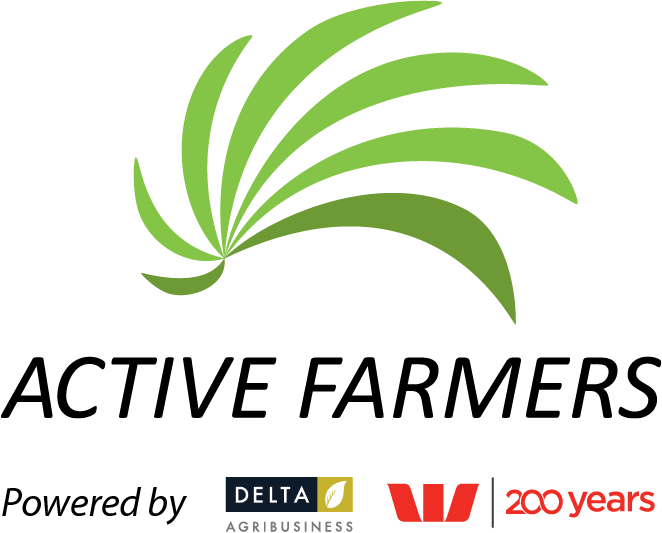
Marliese Heffernan Acting CEO, Active Farmers
Active Farmers is a not for profit health promotion charity that runs regular group fitness sessions in small farming communities across Australia.
Their vision and mission commit them to building stronger and more resilient communities by providing a proactive program, designed specifically to be routinely on the ground in small farming districts that often have little more than a public hall and sports oval. By bringing these communities together through regular group fitness sessions, participants improve their physical health, strengthen their social connections with in their communities and then naturally improve their mental health.
Active Farmers was founded by Ginny Stevens in 2015 as a response to her growing concerns for the physical and mental health of people living in small farming communities. The service started in the community of Mangoplah in the Riverina area of NSW. Initially, Ginny felt this was her way to give back to her immediate community and never dreamed that the service would grow to where it is today. Ginny’s philosophy is that the more people who understand the connection between being physically fit, well connected with their community and being mentally strong, the better! As a result of this, Active Farmers has created a large network of farmers and community members who are all working together to improve both their physical and mental health as well as strengthening their community connections and building resilience.
Today, Active Farmers provides regular group fitness sessions in over 40 small farming communities across every state of Australia, with over 200 classes per month and more than 1000 regular participants. The service would not be possible without the dedicated and passionate team of 31 qualified trainers who run the sessions week in, week out.
The success of the program has enabled Active Farmers participants to take better care of themselves so they are better equipped to tackle the many stresses of modern farming. This has been particularly relevant in 2020 off the back of severe drought, catastrophic bushfires and Covid-19. “Active Farmers helps improve the health and well-being of the community. 2020 has been a very challenging year for many people and it has been so very good to have Active Farmers in Bridgewater.” Participant at Bridgewater, VIC.
In addition to regular group fitness sessions, Active Farmers also holds annual events and health related workshops as a way to educate, raise awareness and bring people together in a fun and challenging way. A highlight for 2020 was the Active Farmers Games and the Run For Resilience.
As a not-for-profit, Active Farmers rely heavily on fundraising and donations from businesses and the community to help equip, staff, sustain and build their group fitness programmes in small farming communities. If you would like to help Active Farmers, or would like to bring Active Farmers to your community, please visit their website for more information.
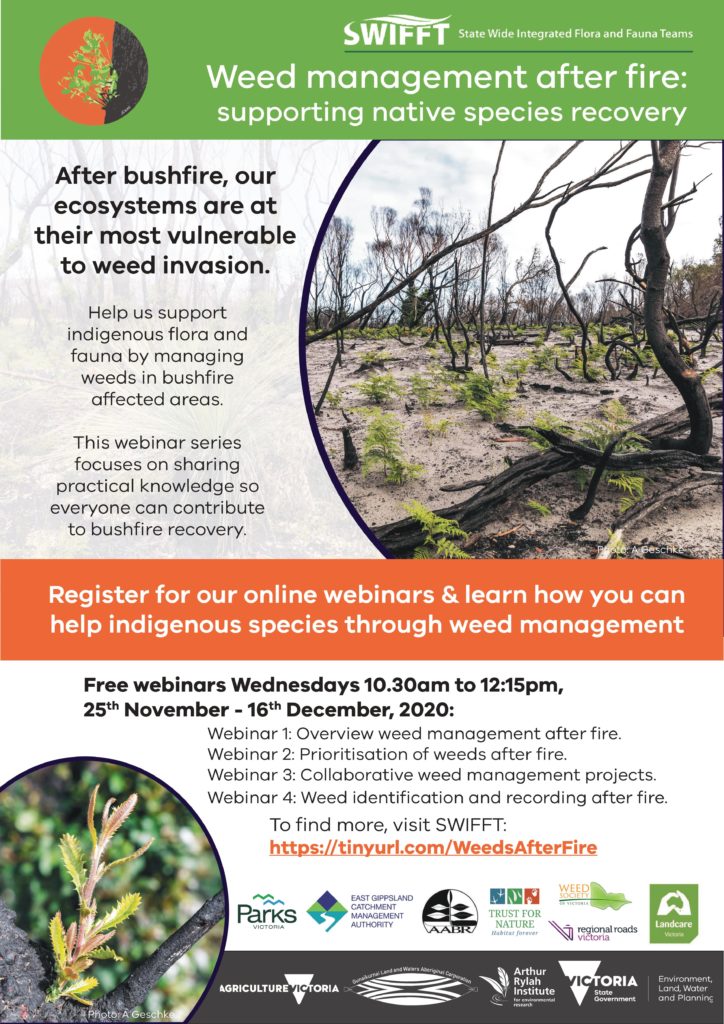
Maroona Wind Farm 2021 Community Fund
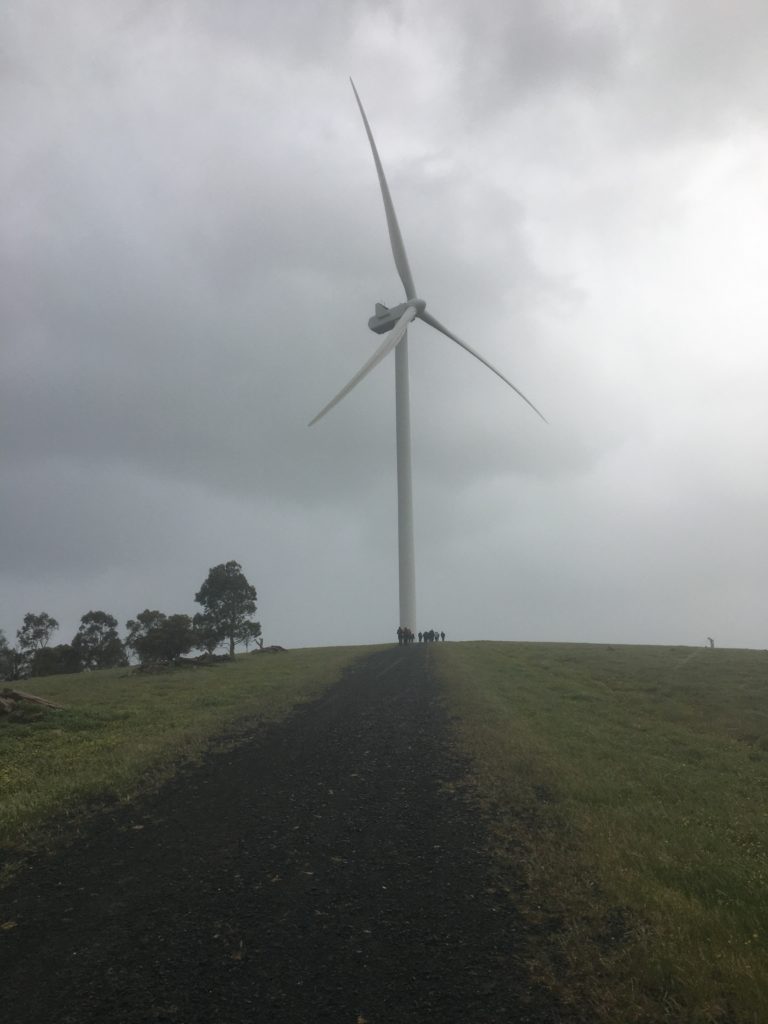
For those of you located in the Maroona area please start having a think and/or talking to others about projects that could be funded by the Maroona Wind Farm Community Fund in 2021.
Expressions of Interest (EOI) for the 2021 funding will close at the end of February and the Selection Panel will meet shortly after that.
The EOI will need to provide a brief description of the project including how it will benefit the Maroona community and associated costings/quotations.
Please contact Ayesha Burdett facilitator@UpperHopkins.org.au 0429 021 500 or myself at jack@rhyniepastoral.com.au 0427 547 636 for more information or to submit your EOI.
Southern Farming Systems – updates
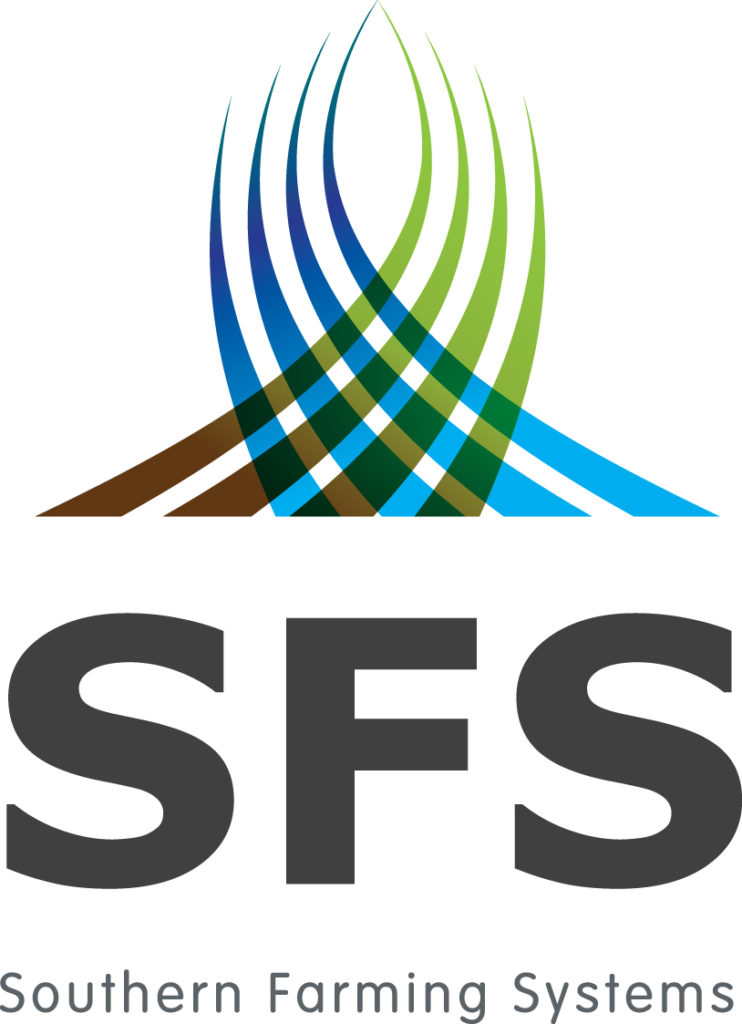
Michelle McClure, SFS Events and Communications Coordinator
The silly season is upon us, lambs are being prepared for sale, shearing, hay making and harvest. We have been fortunate to be experiencing, dare I say it, “a great season!”
Around the south west SFS is preparing for harvest with desiccation sprays on Canola and later in Faba Beans. It has been a difficult year to keep a cap on the weeds in crop and it is important to try and reduce seed set, the team is also monitoring for Army Worm and Native Budworm.
This year SFS will have the GrainCorp testing facilities at the SFS Inverleigh trial site for growers to bring in their samples for pre-testing.
From the SFS Team we wish you all a safe and prosperous harvest and look forward to engaging with you all in 2021.
GRDC Herbicide Guide
Applications of herbicide late in the season to prevent weeds setting seed or to desiccate crops must be carried out with caution and in line with the herbicide label recommendations. More Information…
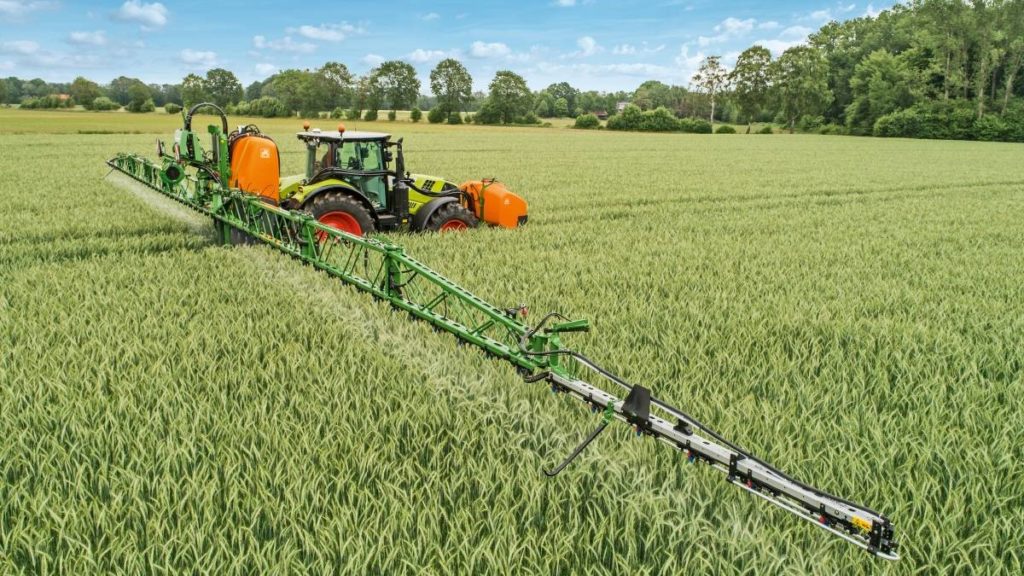
Grain Protectant Guide Grain storage specialists are encouraging growers who are planning to store grain on-farm this season to consider using protectants to reduce the risk of insect infestations.
The use of protectants combined with good hygiene, aeration cooling and regular grain inspections are key tools for protecting grain quality. Read more here…

Ararat Landcare Group: Annual General Meeting
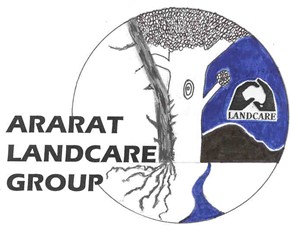
The Ararat Landcare Group held their Annual General Meeting on 25 November. To start the meeting, Ange Turrell from Jallukar Landcare Group gave a presentation about their grasslands revegetation project. Office bearers were elected: President – Russell Pearse; Vice President – John Mawson; Secretary – Jim Stringer; Treasurer – John Mawson.
New members are always welcome to join the group for monthly meetings and working bees.
The end-of-year gathering will be held at Langi Ghiran State Park. Please contact Ayesha Burdett for details (facilitator@UpperHopkins.org.au).
Chairman’s report
This might be the shortest ever Chairman’s report due to the enforced reduction in ALG activities for 2020.
We started the year optimistically enough with the annual Clean Up Australia Day in Feb, well attended and productive as usual. Litter continues to be a big issue, and “fly-tipping” has become popular apparently.
Soon after that we were having reduced meetings as some members not keen to mingle, and as far as we know everybody has survived various levels of lock-down OK.
Email became our principal source of communication, and we even held a conference call with CEO Tim Harrison to discuss street trees in Tuson St. We have an undertaking to be included in ongoing discussions there, and also in relation to a re-constituted ARCC environmental consultation group. That latter group is now about 12 months behind in re-forming.
Working bees have continue in a more informal fashion and I thank all who have provided time there with weed monitoring and treatments. We expect some assistance from Glenelg Hopkins CMA team with this work and look forward to an ongoing partnership with them.
There was a beginning of input into the Ararat College wetland project before schools became seriously impacted by restrictions. That would be worthwhile to pursue in the coming year.
Thank you to committee members for continuing your involvement, and especially to Ayesha for keeping us all on track with lots of resources and connections to the wider network.
I’m sure we all look forward to a more normal year ahead and opportunities to get some productive and protective work happening.
Russell Pearse, ALG President
Presentation by Ange Turrell: “Jallukar Native Grasslands Project – 2016 onwards”
The Jallukar Native Grasslands Project started with a simple idea: to restore as much native grassland as possible. Many people in the group did not have prior experience with native grasses and forbs, so this project has been a wonderful opportunity for community engagement and collective learning. In the past four years, the group has hosted many workshops and community days to connect with local community members.
The first step to grassland revegetation was finding a good seed source. The cost of native seed is prohibitive for large projects ($1000/kg), so the Jallukar members learned how to collect wild seed with appropriate permits and under the guidance of local experts (Neil and Wendy Marriott, Phil Williams, Jess Gardner and others). Wild seed was carefully catalogued and dried, then used to propagate target species for seed production. They continue to scale up from Hiko cells to polystyrene boxes and a restored hot house to three mass beds. Earlier this year, 1.6 hectares of native grass seed was planted at the WAMA site and now the seedlings are slowly establishing.
Jallukar Landcare Group won the Victorian Landcare Award in 2019 for their work, and continue to develop new projects to work on grassland restoration. To learn more about Jallukar, you can follow them on Facebook or subscribe to the Project Platypus newsletter by emailing Andrea at llf@platypus.org.au.
Ayesha Burdett. Landcare Facilitator
Virtual grasslands field day, hosted by Peter and Jenny Hinchliffe

Aggie Stevenson, Senior NRM Planner
In any other year, the Victorian Volcanic Plains (VVP) team at the Glenelg Hopkins CMA, would be running all sorts of events across the region, be it bus trips showcasing the glorious grasslands on our roadsides, or workshops with representatives from the Environment Department in Canberra to explain national environmental law, or a field day to celebrate one of the many incredible farmers in the area who manage some of the precious grasslands that remain on private property.
Aggie and Ben recently visited long-time grassland lovers, Peter and Jenny Hinchliffe from Langi Logan, who have a stunning property that supports more than 50 hectares of high quality Natural Temperate Grassland of the VVP. The idea of this virtual field day was to allow people to feel like they were able to get out and see what other farmers are doing with their remnant grasslands and how they are dealing with any challenges they have faced this year – aside from the obvious! Also it was a chance for us to share with you all some of the stunning wildflowers in their remnant grassland.
Stay tuned, keep your fingers crossed, and with any luck, we’ll get to show you his beautiful site for real on a field trip next spring!
Stay well and get out there and love your grasslands!
Editor’s note: You can see more fantastic videos that showcase natural places in the region on the GHCMA website: https://www.ghcma.vic.gov.au/nature-and-the-cma/
Annual grass control in perennial pastures project (2019-2021)

PPS are conducting a barley grass control project as part of the MLA EPDS program in partnership with Agriculture Victoria. Rob Shea, PPS Project Manager & Tess McDougall from Agriculture Victoria, Ararat; are co managing the project. Project measurements for 2020 are currently being conducted. A summary of the 2019 results are shown below.
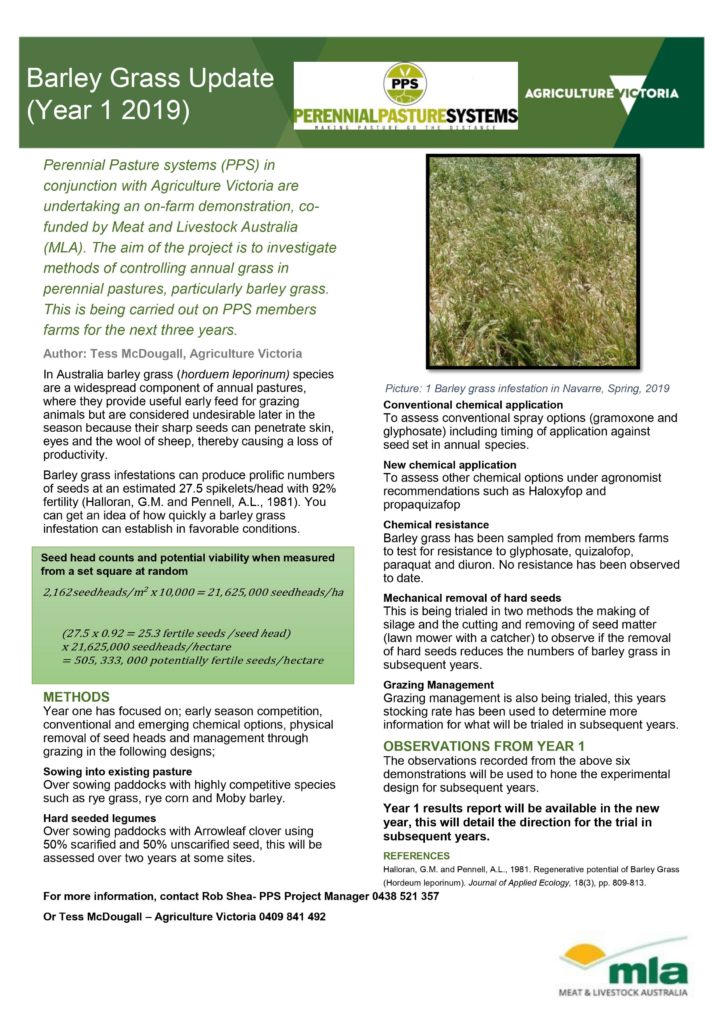
Woorndoo grasslands project – online community day
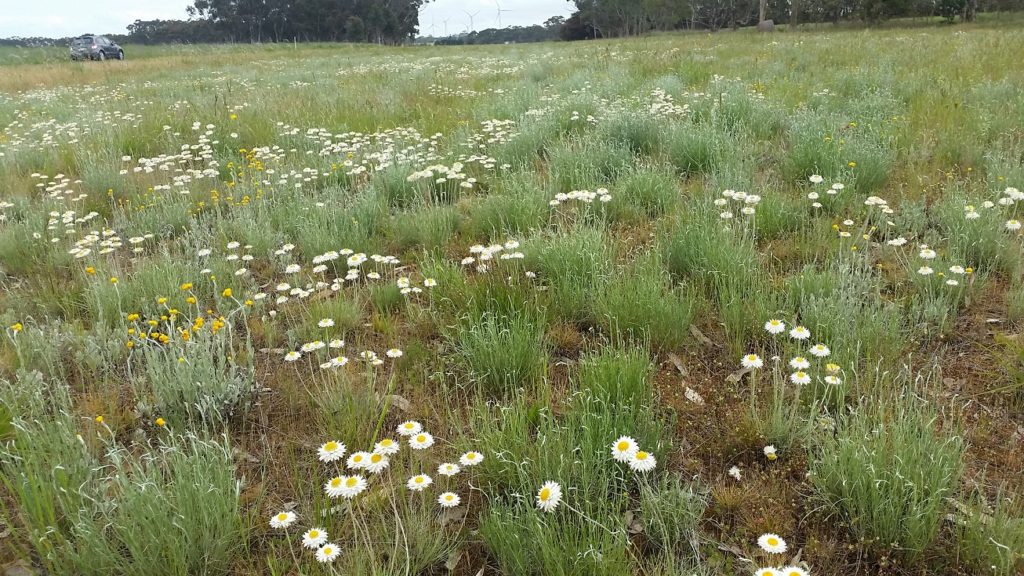
The Woorndoo Land Protection Group (WLPG) was awarded funds from Victoria’s Community & Volunteer Action Grant Program 2017 – Biodiversity On-ground Action, to extend the successful 2013 grassland restoration on the Woorndoo-Streatham Road at Woorndoo. The project includes detailed scientific experiments on planting and sowing grassland species, and the restoration of a further 1.25 ha of diverse temperate native grassland. The project concludes on 30th November but the work of the WLPG continues.
The initial objectives of the Woorndoo Project have been met, with the sowing of a further 1.25 ha of diverse native grassland in October 2019 and on-going monitoring of the diversity enhancement experiments.
The WLPG celebrated these achievements with their 4th Annual Community Day in November. This year, the event was held online, hosted by the Glenelg Hopkins Catchment Management Authority.
If you were unable to attend, or would like to review some of the content, you can watch the full program online or one of the guest speakers (John Morgan and Paul Gibson Roy).
Learn more about the speakers here
Editor’s note: I joined the community day online and it was fantastic – a big congratulations to the Woorndoo group for their successful project and the great presentations. Each of the speakers was inspiriting and engaging, and I really recommend viewing!
Control serrated tussock before seeding
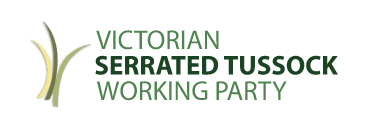
Ivan Carter, VSTWP Communication Officer, 0422 605 953
Now is the ideal time to check your property for the noxious weed serrated tussock (Nassella trichotoma). The recent rains and warm start to spring in some parts of Victoria has been good for pastures and crops, but unfortunately, also good for the growth of serrated tussock. Controlling serrated tussock before the plant goes to seed is critical to prevent further spread, lost productivity and increased control requirements.
“Before seeding, serrated tussock has a lime green appearance. When seeding the flowerheads have a distinctive purple colour developing as the seeds ripen in late spring and early summer. These features help serrated tussock stand out from the native tussock grasses,” Victorian Serrated Tussock Working Party Chairperson Lance Jennison said.
The VSTWP has developed an online video and information sheet to help landowners identify the unwanted grass, at http://www.serratedtussock.com/how-identify-serrated-tussock
“Serrated tussock has a fine leaf and will roll smoothly between the index finger and thumb, while native tussocks feel as though they have flat edges,” Mr Jennison said. “The leaves also feel rough when you run your fingers downwards due to fine serrations,” he said. “A mature serrated tussock plant can produce thousands of seeds in a season, blowing up to 20 kilometres from the parent plant.”
Before they flower and seed, serrated tussock plants can be controlled with a registered herbicide, manual removal or cultivation . “Having a healthy pasture and competitive ground cover is one of the most important aspects to weed management. Serrated tussock is a prime example of a weed that does not like competition and well established pastures,” Mr Jennison said.
It’s estimated that serrated tussock now covers more than 250,000 hectares of land in Victoria. Treating plants prior to seeding is vital to prevent further spread across Victoria and impacts on our agricultural and environmental assets. It is best to control serrated tussock before it gets out of control. Large infestations require ongoing management and the integration of a number of control techniques, which can cost large sums of money and time.
The VSTWP recently commissioned case studies on the economic costs of not treating serrated tussock, which concluded that if serrated tussock is left to infest a property or landscape, the cost of controlling it will be at least five times higher than if it was prevented in the first instance”. This is a massive cost saving and an important message to deliver to landowners who have untreated plants on their property.
For further information, please visit www.serratedtussock.com, or contact the VSTWP on info@serratedtussock.com.
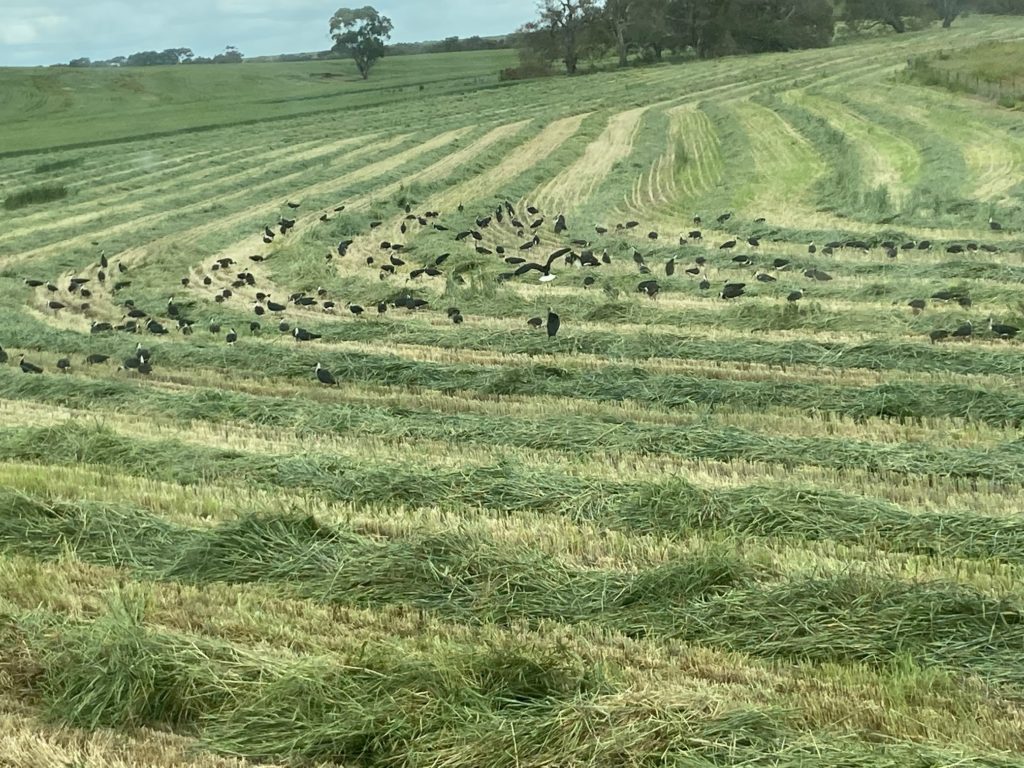
Updates from the facilitator
It’s been a really interesting year for me as your Landcare Facilitator. I was just getting used to the job and feeling like I had hit my stride when COVID hit. As a consequence, the Victorian Landcare Grants were put on hold this year as the State budget was delayed for so long, and there were very few other opportunities for funding.
Even though I was stuck at home, it has certainly been a busy year. We were able to hold some meetings online or socially-distanced, and I was able to complete two major projects.
Waterway Twinning
The Waterway Twinning program https://www.twinningiswinning.com.au/ aims to connect people working in waterways and build networks through a year-long mentoring program. I had proposed a project to develop a citizen science monitoring program with Willaura and Maroona Primary Schools. I was connected with Deirdre Murphy from the Corangamite CMA who has specialist knowledge in developing and delivering citizen science programs: she knows how to navigate the needs of schools and create a great program that can collect useful data.
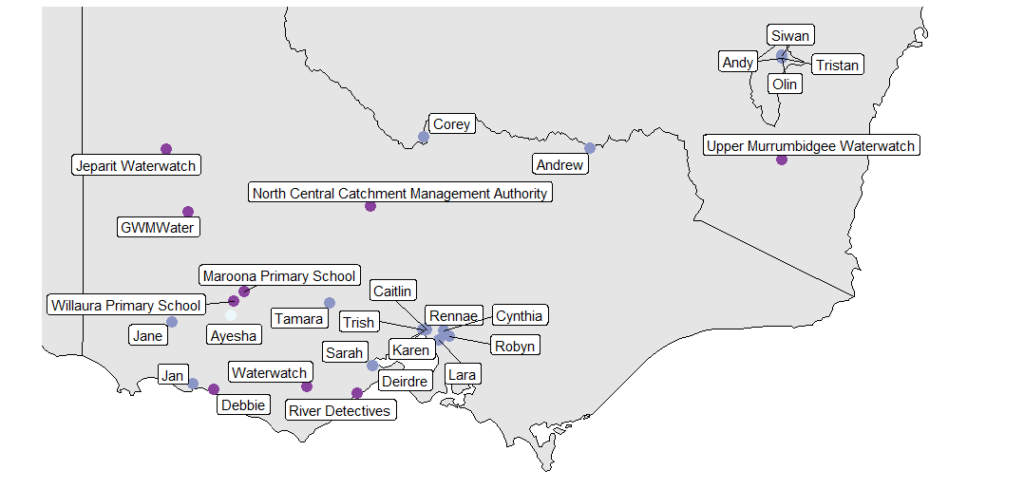
Our project idea was quite simple: having a day out with the students at each school and teaching them about water quality in the Hopkins River with hands-on activities. However, the pandemic meant that I was unable to visit the schools and meet the students, so I was never able to deliver the programs.
Even though the project was not successful in the way that we expected, there were great outcomes from participating in this program. For me, the greatest outcome was establishing key relationships with other waterway “twinners” from across the state. As a bonus, I now have a much greater understanding of the role of the GHCMA in waterway health.
You can see more about the citizen science project online. Next year, if all goes well, I’ll be able to use the resources that I have developed through the Twinning program to deliver great programs to local students.
Soil CRC
This year, I have also been a member of the Soil CRC Community of Practice South. The purpose of this group is to improve outreach and extension to landholders around the topic of soil, leveraging the innovative new research that is being conducted by Soil CRC scientists.
As a member of the CoP, I was required to partner with another member group to create an outreach event. I partnered with Phoebe Gulliver from Holbrook Landcare Network. We quickly realised that we would not be able to do anything in the same physical space (the border was closed between NSW and Victoria), so we focused on presenting an online webinar.
We invited two speakers to discuss soil health and carbon. Declan McDonald is a soil scientist with an interest in regenerative agriculture and understanding soil biology. Grant Sims is a farmer who has been experimenting with different land management techniques for a couple of decades. The webinar was facilitated by Robin Tait, a Nuffield Scholar and agronomist. Robin is currently living in the district and has a great passion for improving soil health.
We were fortunate to have Robin Tait facilitate the webinar. Robyn is a 2018 Tasmania Nuffield Scholar who is passionate about farming. As part of her Nuffield scholarship, she was able to visit more than 80 landholders and agronomists in seven countries to talk about healthy soil ecosystems, and now sees that soil biology is central to soil health on our farms.
The first speaker was Declan McDonald, Principal Soil Scientist with Regen Soils. The focus of Declan’s work in regenerative agriculture is to maximise the productive capacity of the soil through promotion of biological activity supported by carefully selected fertilisers and organic inputs. He presented a great overview of the science of growing healthy plants and developments in how we understand soil health and management.
Our final presenter was Grant Sims, a sixth generation farmer from North Central Victoria, and former President of Vic No Till. Grant and his family focus on soil biology and managing inputs while raising cash crops, year-round cover crops, and sheep and cattle on their farming operation. His presentation was a great overview of how they are managing their soils and developing new techniques for using vermicastings and composts.
We had over 60 people attending the webinar from both our region and the Holbrook area. The questions and comments to the presenters created a lively discussion at the end of the webinar.
You can view the webinar online or look on our website for updates and information about soil health and IPM: https://upperhopkins.org.au/programs/ipm-soil-health/. A big thank you to all who participated in the webinar (organisers, presenters and audience).
Thanks again for working with me throughout the year, and I’m looking forward to new and exciting opportunities in 2021. We will have a new committee handbook (currently in development, but similar to this committee handbook from West Gippsland) and we will be reviewing and revising the group’s strategic plan. I’m optimistic that there will be funding available for on-the-ground work (e.g. tree-planting, wetland protection) and we will have more chances to get together for workshops and field days. If you have ideas for projects, don’t hesitate to contact me!
Ayesha Burdett
P.S. Don’t forget to add Facilitator@UpperHopkins.org.au to your address book to receive occasional updates from the group.
And another P.S. Support your local community and visit willaura Modern this summer to see a fabulous exhibit exploring “Sense of Place”. (I might be a little biased because my husband is one of the artists…)
Community planning for the region’s land, water and biodiversity

Jane Walker, Catchment & Indigenous Partnerships Manager
What do you love about the Glenelg Hopkins catchment area and why? This was one of the questions put to participants at a recent workshop as part of the Glenelg Hopkins Regional Catchment Strategy (RCS) renewal process. The CMA is responsible for the development of the RCS over the next 10 months, however, it is partnerships with community, individuals and organisations across the region which will make it an effective and workable strategy.
What is an RCS?
Regional Catchment Strategies are the primary planning tool for how communities work together to achieve integrated catchment management (ICM) – how we manage water, biodiversity and land in an interconnected way. An RCS is implemented over 6-years and provides the overarching framework for planning and investment across the region. It outlines the region’s vision, reflects community priorities, interests and connections and describes the challenges and opportunities that we need address to improve the health and wellbeing of the environment and the people who live in, or visit, it.
What has happened so far?
The Glenelg Hopkins CMA is collaborating with agencies, councils, Traditional Owners, NGOs, Landcare groups, CMA Advisory Groups and broader community groups to better understand how communities value and use the region’s landscapes, and ways to improve the management of them. In the last few months, a series of partner workshops have been held to look at how we do this. Conversation on biodiversity management, local interests and regional visions have taken place. Over the coming 7 months, the CMA will continue to meet with a range of stakeholders to look at land use and sustainable agriculture, marine and coastal health, and waterway and wetland management.
How will the RCS be developed with coronavirus (COVID-19)?
Community engagement is an extremely important element for development of the RCS. The coronavirus (COVID-19) pandemic and social gathering restrictions currently in place, impact our ability to work together face-to-face as we normally would. While social distancing restrictions are still in place, alternative arrangements such as online meetings and workshops, and online surveys to gather input and feedback on the RCS have been used.
How can I be kept informed of what is happening?
Updates on the RCS process will be posted on the Glenelg Hopkins Facebook page www.facebook.com/GlenelgHopkinsCMA and the Glenelg Hopkins CMA website www.ghcma.vic.gov.au. Community members will have opportunities to provide feedback as the strategy is developed over the coming months. The regional community, as a whole, will be invited to comment on the draft RCS during a public consultation period in mid-2021.
If you would like more information on the RCS please contact Jane Walker, j.walker@ghcma.vic.gov.au
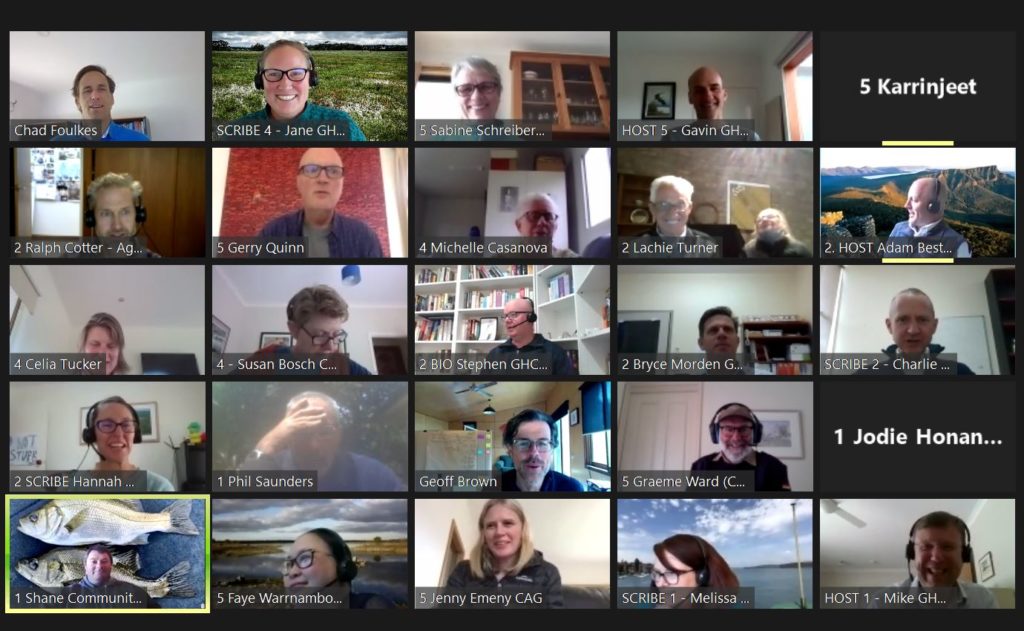

Meanderings and reflections
Every three months, I tour the catchment to take EC readings at more than 70 different sites. It’s a good opportunity to look around and see what’s happening in the district, particularly after being stuck at home so much this year. Most of the rivers and tributaries had flowing water thanks to the wet spring, and Lake Bolac was full to the brim. This meant that the EC readings were generally fairly low (see the table below) and the water was nice and clear without too much filamentous algae.
Water monitoring results
You can view the EC data in the table below, or click on the link to download a file. Numbers in bold exceed 6000 EC μS/cm.
EC levels for livestock water supplies. Value given in brackets for each type of livestock is the EC level at which production decline begins: Beef cattle (6,200 EC μS/cm), lactating ewes and weaners (6,000 EC μS/cm), dry sheep (9,300 EC μS/cm)), horses (6,200 EC μS/cm), Pigs (3,100 EC μS/cm), poultry 3,100 EC μS/cm).
| site | summer 2020 | spring 2020 | average | minimum | maximum |
| Fiery Creek – Fishermans Pontoon | 7510 | 7450 | 10400.3 | 1410 | 53000 |
| Billy Billy creek – Buangor township | 265 | 242 | 912.5 | 168 | 8060 |
| Middle Creek – Willow Tree Rd | 282 | 333 | 440.1 | 100 | 3700 |
| Tatyoon drainage line – Rockies Hill Road | 11730 | 13340 | 14527.8 | 360 | 28200 |
| Challicum Creek – Porters Bridge Road | 7650 | 5320 | 11053.6 | 145 | 26680 |
| Fiery Creek – Porters Bridge Road | 1690 | 851 | 5346.6 | 550 | 11930 |
| Fiery Creek – Mt William Rd | 1402 | 804 | 2298.3 | 500 | 5950 |
| Fiery Creek – Gordon Bridge | 1667 | 898 | 4851.5 | 530 | 17560 |
| Fiery Creek – Runway Swamp Road | 2740 | 2490 | 5107.3 | 860 | 14520 |
| Fiery Creek – Streatham Reserve | 2790 | 2670 | 4442.9 | 770 | 11600 |
| Fiery Creek – McCrows Road | 4230 | 3270 | 7532.3 | 780 | 13770 |
| Fiery Creek – Lake Bolac | 6920 | 7380 | 7968.7 | 850 | 22,280 |
| Lake Buninjon | 10390 | 12480 | 15983.0 | 880 | 104,000 |
| Good Morning Bill Creek and Nekeeya Creek combined – Buninjon West Road | 7930 | 12050 | 11461.2 | 300 | 39000 |
| Hopkins River – Labrador Road | 5380 | 3730 | 6014.9 | 337 | 11200 |
| Hopkins River – Helendoite Road | 4840 | 4020 | 5773.8 | 299 | 10870 |
| Jacksons Creek – Coopers Road | 6200 | 9790 | 855.9 | 244 | 15900 |
| Hopkins River – Robertsons Bridge (Langi Logan Road) | 4530 | 4060 | 4748.5 | 327 | 13000 |
| Hopkins River – Tatyoon Road (south of Kangaroo Point Road) | 5080 | 3380 | 4556.5 | 326 | 13800 |
| Hopkins River – Burrumbeep Boundary Road | 5310 | 4410 | 5301.6 | 330 | 11700 |
| Hopkins River – Jacksons Creek Road | 4090 | 5290 | 6232.2 | 340 | 12100 |
| Hopkins River – Warrak Road (Hopkins River Road) | 9240 | 6490 | 9005.0 | 490 | 23280 |
| Three Mile Creek – Warrayatkin Road (south of Warrak Road) | dry | 13320 | 8029.9 | 600 | 22400 |
| Three Mile Creek – Warrak Road (west of Warrayatkin Road) | 5880 | 789 | 2704.2 | 390 | 13600 |
| Cemetery Creek – Warrak Road (Ararat) | dry | 777 | 1108.7 | 130 | 9620 |
| Green Hill Lake (south end) | 3220 | 3520 | 6123.7 | 340 | 28800 |
| Hopkins River – Old Geelong Road | 8790 | 5290 | 8334.9 | 500 | 16300 |
| Hopkins River – Dobie Road | 4860 | 5800 | 5743.3 | 160 | 15900 |
| Captains Creek – Tatyoon North Road | 224 | 426 | 489.5 | 100 | 3500 |
| Hopkins River – Wickliffe | 5730 | 9090 | 10582.7 | 1590 | 19000 |
| Hopkins River – Back Bolac Road | 5930 | 9690 | 11673.6 | 1620 | 29600 |
| Hopkins River – Bald Hill Road ford | 6440 | 9920 | 10683.8 | 1980 | 31800 |
| Hopkins River – Delacombe Way (Edgarley Bridge) | 5770 | 9840 | 9654.9 | 1790 | 17400 |
| Hopkins River – Rossbridge | 5820 | 7030 | 8206.3 | 820 | 14240 |
| Mt Emu Creek – Streatham-Carngham Road | 2800 | 1250 | 2812.3 | 130 | 12200 |
| Mt Emu Creek – Mt Emu Settlement Road | 2000 | 940 | 4851.3 | 390 | 11490 |
| Mt Emu Creek – Skipton | 3600 | 890 | 4416.0 | 440 | 8240 |
| Trawalla Creek – Back Waterloo Road | 2000 | 1570 | 2618.1 | 400 | 15300 |
| Mt Emu Creek – Trawalla bridge | 1520 | 1130 | 1903.8 | 440 | 6400 |

